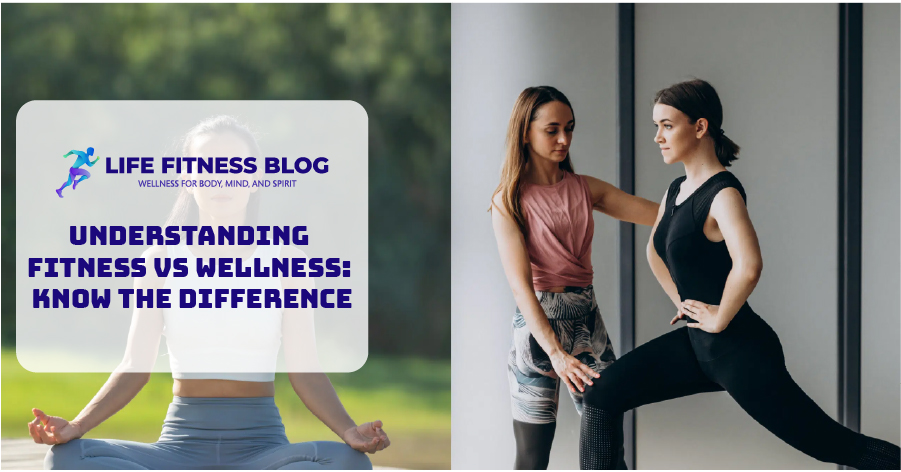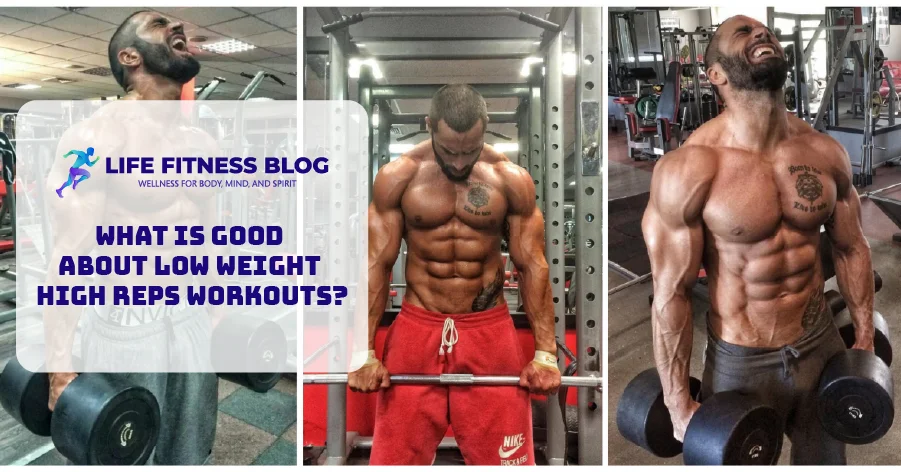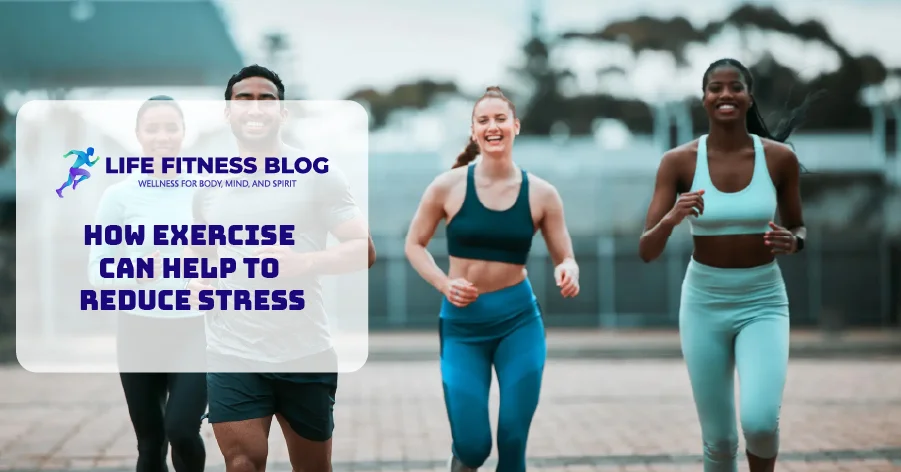Fitness and wellness are key to a healthier life. They are often mixed up, but knowing the difference is important. This article will help you see how they differ, so you can choose what’s best for you.
Starting your health journey? Knowing the difference between fitness and wellness is key. It helps you focus on what you want to achieve. Whether it’s physical goals or a broader well-being focus, understanding these concepts will help you find your path.
Table of Contents
What is the Difference Between Fitness and Wellness?
The terms “fitness” and “wellness” are often mixed up. But they have clear differences. Fitness mainly deals with physical health, like heart health and muscle strength. Wellness, however, looks at the whole person, including mental, emotional, and social health.
Physical vs Holistic Approach
Fitness is about doing physical activities to reach quick goals, like losing weight or getting stronger. Wellness, though, aims for a balanced life. It focuses on physical activity, mental health, and a healthy lifestyle.
Short-term vs Long-term Goals
Fitness goals are quick and easy to measure, like losing fat or doing more push-ups. Wellness goals, though, are about living a better life. They include finding purpose, managing stress, and living in balance.
Measurable Outcomes vs Overall Well-being
Fitness results are clear, like heart rate or muscle size. Wellness, however, is about feeling good overall. It’s harder to measure.
Knowing the difference between fitness and wellness is key to a full life. It helps create a plan that covers physical, mental, and emotional health. This way, people can enjoy physical activity and mental health for a long time.
The Evolution of Fitness and Wellness Concepts
Fitness and wellness ideas have changed a lot over time. They reflect our society’s changing needs and values. From ancient Greeks who valued a healthy body and mind to today’s focus on overall well-being, the journey is interesting.
In the early 1900s, the main focus was on physical exercise routines and getting stronger. But as we learned more about health, the lifestyle approach to wellness became important. It emphasizes mental, emotional, and spiritual balance.
- The 1960s saw a big increase in aerobic exercise thanks to Dr. Kenneth H. Cooper. He showed how heart health is key to disease prevention.
- The 1970s and 1980s were all about fitness crazes. High-intensity workouts became popular, showing how exercise affects our minds.
- In the 21st century, wellness has become a big deal. It focuses on being whole, including mindfulness, stress control, and a balanced lifestyle.
| Decade | Fitness Trends | Wellness Emphasis |
|---|---|---|
| 1960s | Aerobic exercise for cardiovascular health | Promoting disease prevention through physical activity |
| 1970s-1980s | High-intensity exercise programs | Recognizing the link between physical activity and mental well-being |
| 21st Century | Comprehensive exercise routines for overall fitness | Holistic approaches to lifestyle and well-being |
As we learn more about health and performance, fitness and wellness will keep changing. They will shape how we live and feel as individuals and as a society.
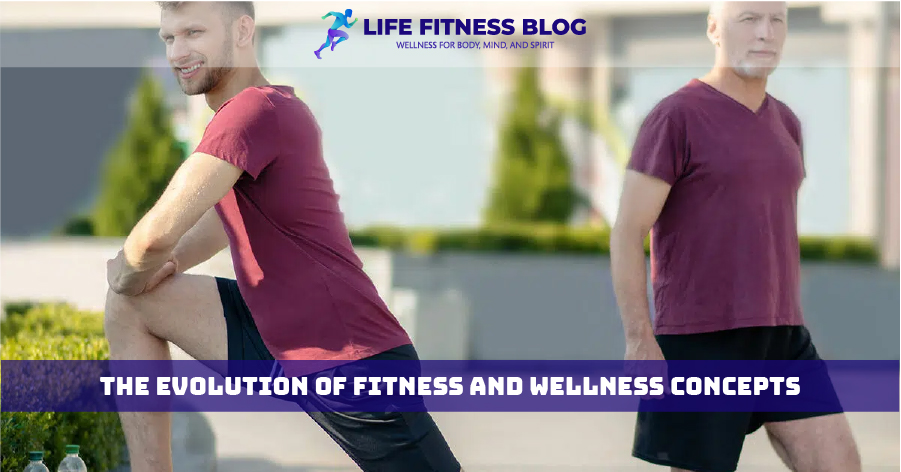
Defining Physical Fitness in Modern Context
In today’s world, physical fitness means more than just looking good or being good at sports. It’s about living a healthy lifestyle that boosts your overall well-being. Let’s explore what makes up physical fitness today.
Cardiovascular Endurance
Cardiovascular endurance is about how well your heart, lungs, and blood vessels work during exercise. Running, cycling, and swimming are great for this. They help lower heart disease risk and improve health.
Muscular Strength and Flexibility
Muscular strength and flexibility are important for staying healthy and injury-free. Strength training builds muscle, while flexibility exercises keep joints and muscles flexible. These help with posture, balance, and physical performance.
Body Composition Goals
Physical fitness also includes body composition goals. This is about the balance of fat and muscle in your body. A healthy body composition boosts your looks, energy, and health. A good nutrition plan and exercise routines are essential for this.
By focusing on these key areas of physical fitness, you can live a healthier, more vibrant life. Remember, physical activity is about feeling great and empowering yourself to live your best life.
Understanding Wellness as a Lifestyle Choice
Wellness is more than just being physically healthy. It also includes mental, emotional, and social well-being. It’s a choice to care for all parts of your life. By focusing on wellness, you can find balance and improve your life quality.
At the heart of wellness is finding a good work-life balance. Today’s world often makes us work too much, leaving little time for ourselves. But, it’s key for our mental health to have a balance between work and life.
Self-care is essential for wellness. This means doing things like exercising, meditating, eating well, and enjoying hobbies. These activities help reduce stress, make us happier, and bring peace.
Choosing wellness means making choices that benefit your well-being. It’s about learning to listen to your body, care for your mind, and connect with others. This path leads to a more fulfilling and balanced life.
| Dimension | Description | Key Practices |
|---|---|---|
| Physical Wellness | Maintaining optimal physical health through exercise, nutrition, and preventive care. | Regular physical activity Balanced, nutrient-rich diet Routine health screenings |
| Mental Wellness | Fostering emotional resilience, cognitive well-being, and a positive mindset. | Stress management techniques Mindfulness and meditation practices Cognitive-behavioral therapies |
| Social Wellness | Cultivating meaningful relationships and a sense of community. | Engaging in social activities Fostering supportive social networks Volunteering and philanthropic work |
Choosing wellness opens the door to a more fulfilling life. Remember, wellness is a journey, not a finish line. The goal is to find the right balance and practices that fit your life.
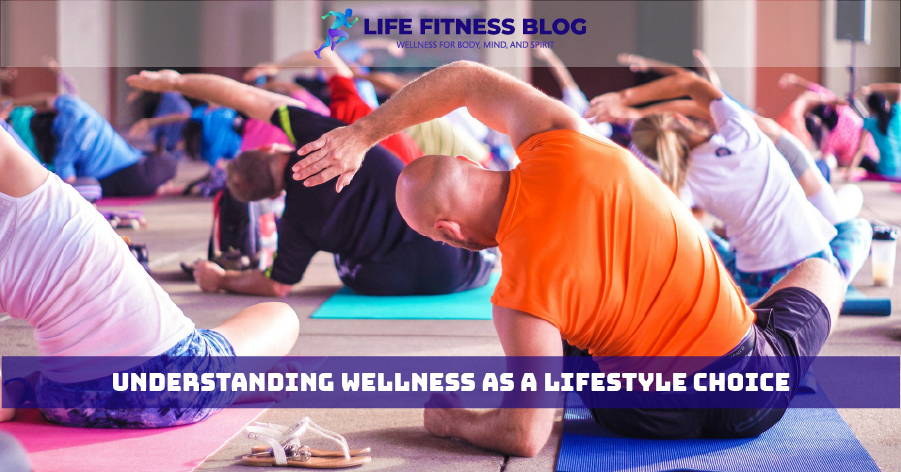
The Role of Exercise in Both Fitness and Wellness
Exercise is key for both physical fitness and overall wellness. While fitness and wellness are different, exercise is essential for reaching both goals.
Structured Workouts vs Active Living
Those aiming for physical fitness often choose structured workouts. These sessions focus on improving heart health, muscle strength, and body shape. On the other hand, active living means adding physical activity to daily life, like walking or biking. Both methods can boost fitness levels.
Impact on Mental Health
Exercise routines also greatly benefit mental health and wellness. Studies show that regular physical activity can help with depression and anxiety. It also improves mood and overall happiness. The mental health perks of exercise apply whether you’re focused on fitness or wellness.
Performance Metrics vs Feel-good Benefits
- Fitness enthusiasts track their progress with measurable goals, like stronger muscles or faster times.
- Wellness seekers, however, value the non-measurable benefits, like better sleep, more energy, and happiness.
Exercise connects fitness and wellness, improving both physical and mental health. By understanding the differences in how exercise affects each area, people can choose the best approach for their goals.
Nutrition’s Impact on Fitness and Wellness Goals
Nutrition is key to reaching your fitness and wellness goals. It boosts physical performance and supports long-term health. The foods you eat greatly affect your overall well-being.
Eating right is crucial for fitness success. A diet full of nutrients fuels your workouts and helps muscles recover. It also shapes your body better. Matching your diet to your exercise plan boosts your fitness results.
Nutrition also affects your wellness beyond fitness. A healthy, lifestyle-focused diet helps prevent chronic diseases and adds years to your life. By choosing disease prevention through smart eating, you help your body stay strong. This improves your life quality.
| Fitness-Focused Nutrition | Wellness-Oriented Nutrition |
|---|---|
| High-quality protein for muscle building and repair Complex carbohydrates for sustained energy Healthy fats for hormone regulation and recovery | Whole, unprocessed foods for nutrient density Anti-inflammatory plant-based options Hydration and electrolyte balance |
Adopting a nutrition-focused lifestyle for fitness and wellness unlocks a healthier life. Choose nutrient-rich, whole foods. Let your diet support your journey to better physical and mental well-being.
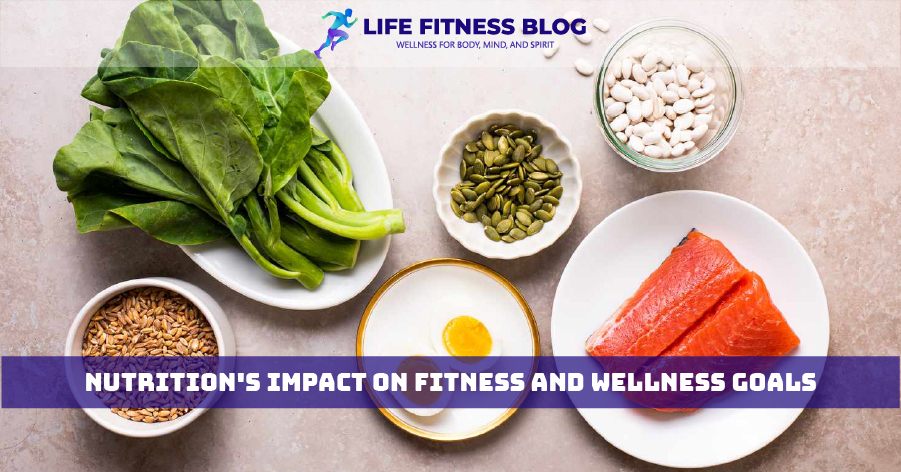
Mental Health: The Wellness Perspective
Taking care of your mental health is key to feeling well. While many focus on physical fitness, it’s also important to keep your emotions balanced. By doing so, you can feel more complete and support your physical health goals.
Stress Management Techniques
Managing stress is crucial for your mental health. Try different methods like mindful meditation, deep breathing, and journaling. These can help you deal with work and life better and find peace within.
Emotional Balance
It’s vital to find emotional balance for your well-being. Learn to handle your feelings through therapy, support groups, or self-reflection. This way, you can stay mentally healthy and face life’s ups and downs better.
Mindfulness Practices
Mindfulness is great for your mental health. Activities like yoga, tai chi, or meditation help you stay in the moment. They can lower anxiety, improve focus, and make you feel more grounded.
Don’t forget, mental health is as important as physical health for your overall well-being. Focus on managing stress, finding emotional balance, and practicing mindfulness. This will help you live a balanced and fulfilling life.
Creating Balance: Integrating Fitness into Wellness
Finding the right balance between fitness and wellness in today’s world is tough. But, by taking a holistic approach, you can blend your fitness goals into a lifestyle that boosts your well-being. It’s all about having a balanced view that covers both your body and mind.
Changing your mindset is key. Move from focusing on short-term fitness goals to a long-term commitment to your lifestyle. Think about how your fitness can improve your well-being. This could mean better sleep, more energy, and a happier mood.
To blend fitness into your life smoothly, try these tips:
- Make physical activity a part of your daily life, whether it’s a workout or just staying active.
- Focus on stress management like mindfulness or relaxation to keep your emotions in check.
- Choose a nutritious diet that supports both your body and mind, feeding your health.
- Work on a work-life balance that lets you focus on your well-being, including friends and fun.
By taking this holistic approach, you’ll merge your fitness goals into a wellness-focused lifestyle. This leads to a more rewarding and lasting path to health and happiness.
The Role of Prevention in Wellness and Fitness
Keeping your health in top shape isn’t just about fixing problems when they happen. It’s about being ahead and preventing issues before they start. In the world of wellness and fitness, stopping problems before they begin is key to keeping you healthy for the long haul.
Disease Prevention Strategies
Regular exercise is a top way to lower your risk of serious diseases like heart disease, type 2 diabetes, and some cancers. Exercise helps make your heart stronger, improves your body’s shape, and boosts your health against sickness.
Lifestyle Modifications
But exercise isn’t the only thing that matters. Healthy lifestyle choices are also vital for disease prevention. This means focusing on self-care practices like getting enough sleep, handling stress well, and eating a diet full of nutrients. By making these changes, you help your body fight off health issues on its own.
Regular Health Screenings
Don’t forget the importance of regular health checks and screenings. By keeping up with these, you can spot any problems early. This way, you can deal with them before they get worse. Taking this proactive step towards wellness helps you stay in charge of your health and make the most of your fitness efforts.
Measuring Success: Fitness Metrics vs Wellness Indicators
When you track your progress, the way you measure success in fitness and wellness is different. Fitness metrics focus on numbers like body measurements and performance. These numbers show how well you’re doing physically.
But, wellness looks at more than just numbers. It considers your overall happiness and how you feel. This includes your energy, life satisfaction, and balance between work and life.
It’s important to look at both sides. This way, you get a full picture of your health. You see how your physical efforts affect your well-being.
It’s not just about the numbers. Celebrate your wins in all areas of life. Notice how you feel every day. This approach helps you make better choices for your health.
Conclusion
In today’s fast-paced world, it’s crucial to prioritize both physical fitness and overall wellness. By understanding the distinction between the two and adopting a holistic approach, you can achieve a balanced and fulfilling life. Remember, wellness is a journey, not a destination. Embrace a healthy lifestyle, prioritize self-care, and strive for a harmonious balance between your physical and mental well-being.
Also Read:
- How Many Sets of Squats Should I Do: Workout Guide
- How to Stay Motivated to Lose Weight: Special Tips
FAQs
What is the difference between physical fitness and overall wellness?
Physical fitness focuses on physical health, such as strength, endurance, and flexibility. Overall wellness encompasses physical, mental, and emotional well-being.
How can I balance fitness and wellness goals?
Create a balanced routine that includes both physical activity and mental health practices. Set realistic goals, prioritize self-care, and listen to your body’s needs.
What are some effective ways to improve mental well-being?
Practice mindfulness techniques like meditation or yoga, engage in hobbies you enjoy, spend time in nature, and connect with loved ones.
How can I incorporate wellness into my daily routine?
Start small and gradually build healthy habits. Eat a balanced diet, get enough sleep, manage stress, and prioritize self-care.
What are the long-term benefits of a wellness-focused lifestyle?
A wellness-focused lifestyle can lead to improved physical and mental health, increased energy levels, reduced stress, and a higher quality of life.

